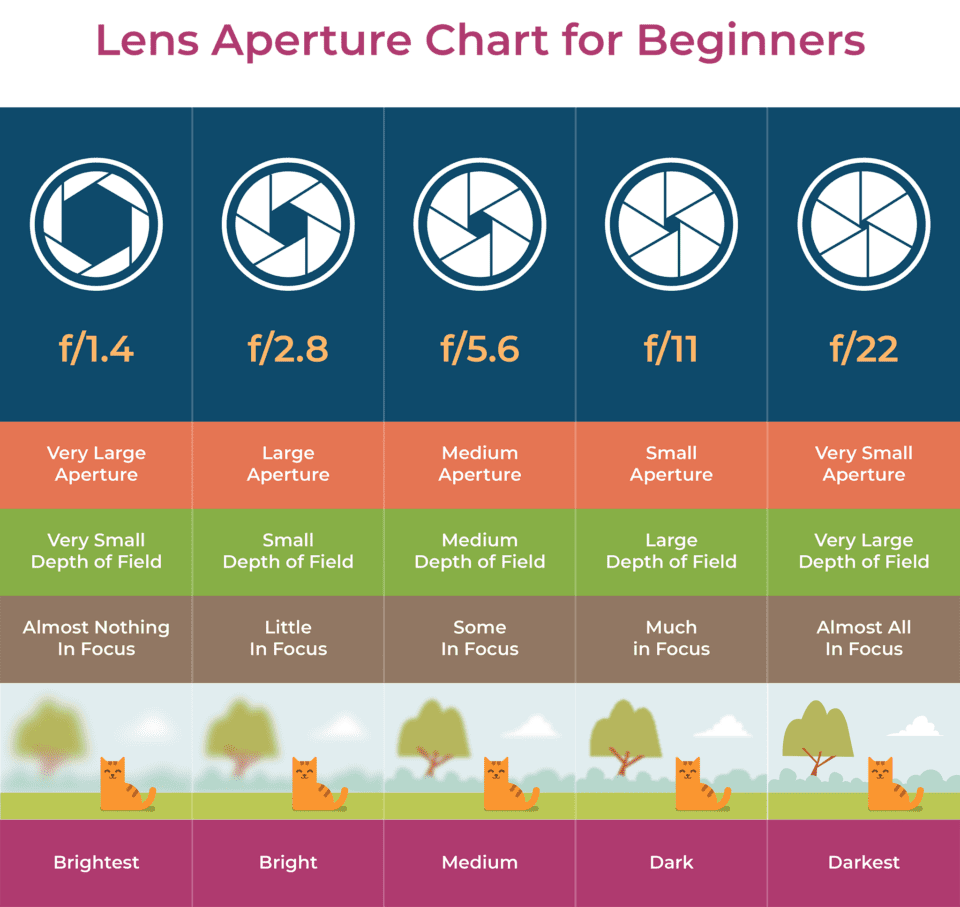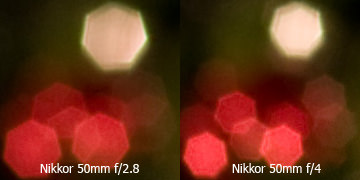Side Note
When it comes down to it, focus shift is just another type of lens aberration. The edges of your lens may not focus light the same as the center, so, by stopping down — again, blocking light from the edges — your focus point changes slightly. That’s the underlying reason for this effect.
ملاحظة جانبية
عندما يتعلق الأمر بذلك، فإن تحول التركيز البؤري هو مجرد نوع آخر من انحراف العدسة. قد لا تركز حواف عدستك الضوء بنفس الطريقة التي يركز بها المركز، لذلك، من خلال التوقف - مرة أخرى، حجب الضوء من الحواف - تتغير نقطة التركيز قليلاً. هذا هو السبب الكامن وراء هذا التأثير.
When it comes down to it, focus shift is just another type of lens aberration. The edges of your lens may not focus light the same as the center, so, by stopping down — again, blocking light from the edges — your focus point changes slightly. That’s the underlying reason for this effect.
ملاحظة جانبية
عندما يتعلق الأمر بذلك، فإن تحول التركيز البؤري هو مجرد نوع آخر من انحراف العدسة. قد لا تركز حواف عدستك الضوء بنفس الطريقة التي يركز بها المركز، لذلك، من خلال التوقف - مرة أخرى، حجب الضوء من الحواف - تتغير نقطة التركيز قليلاً. هذا هو السبب الكامن وراء هذا التأثير.



تعليق